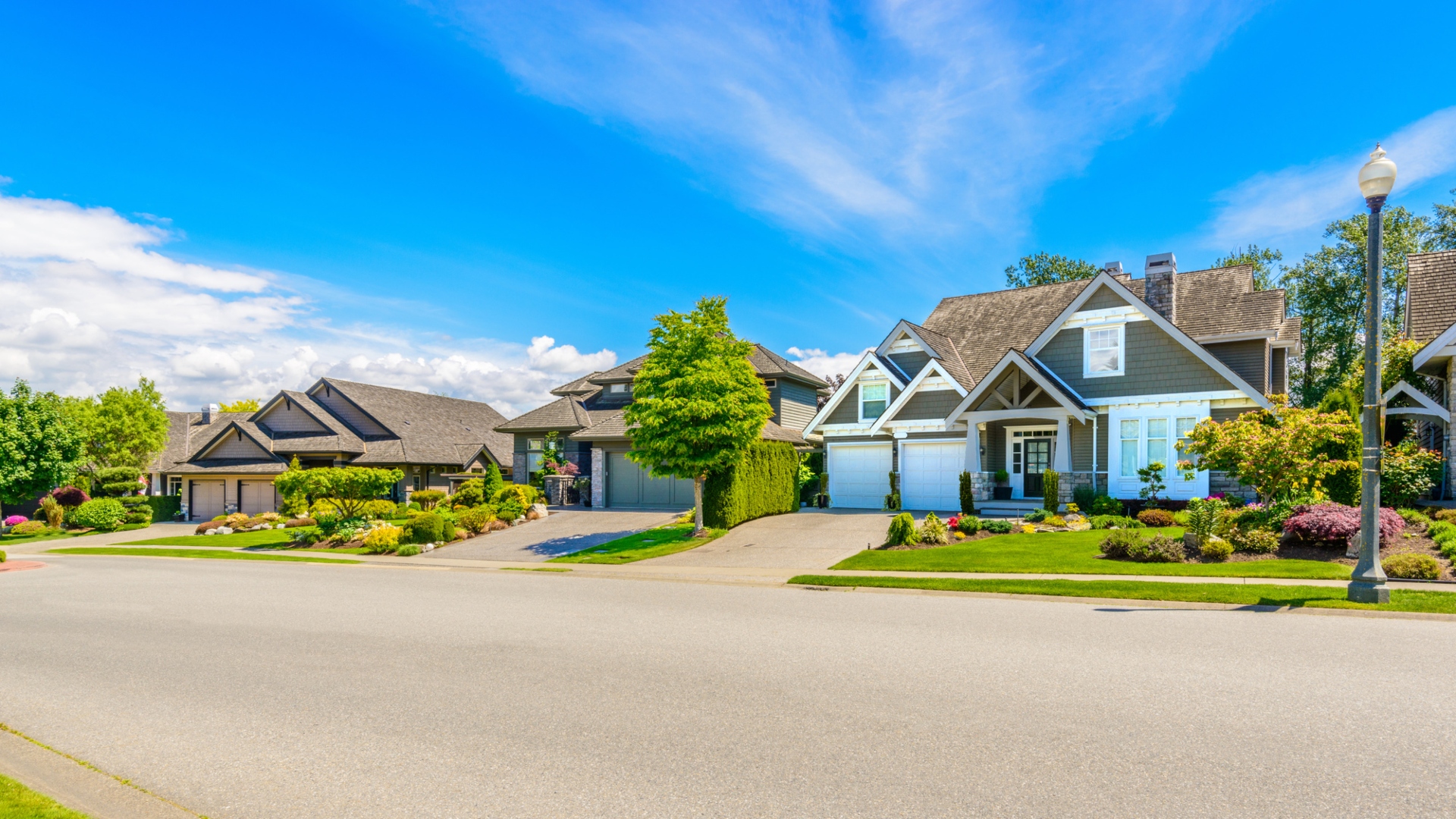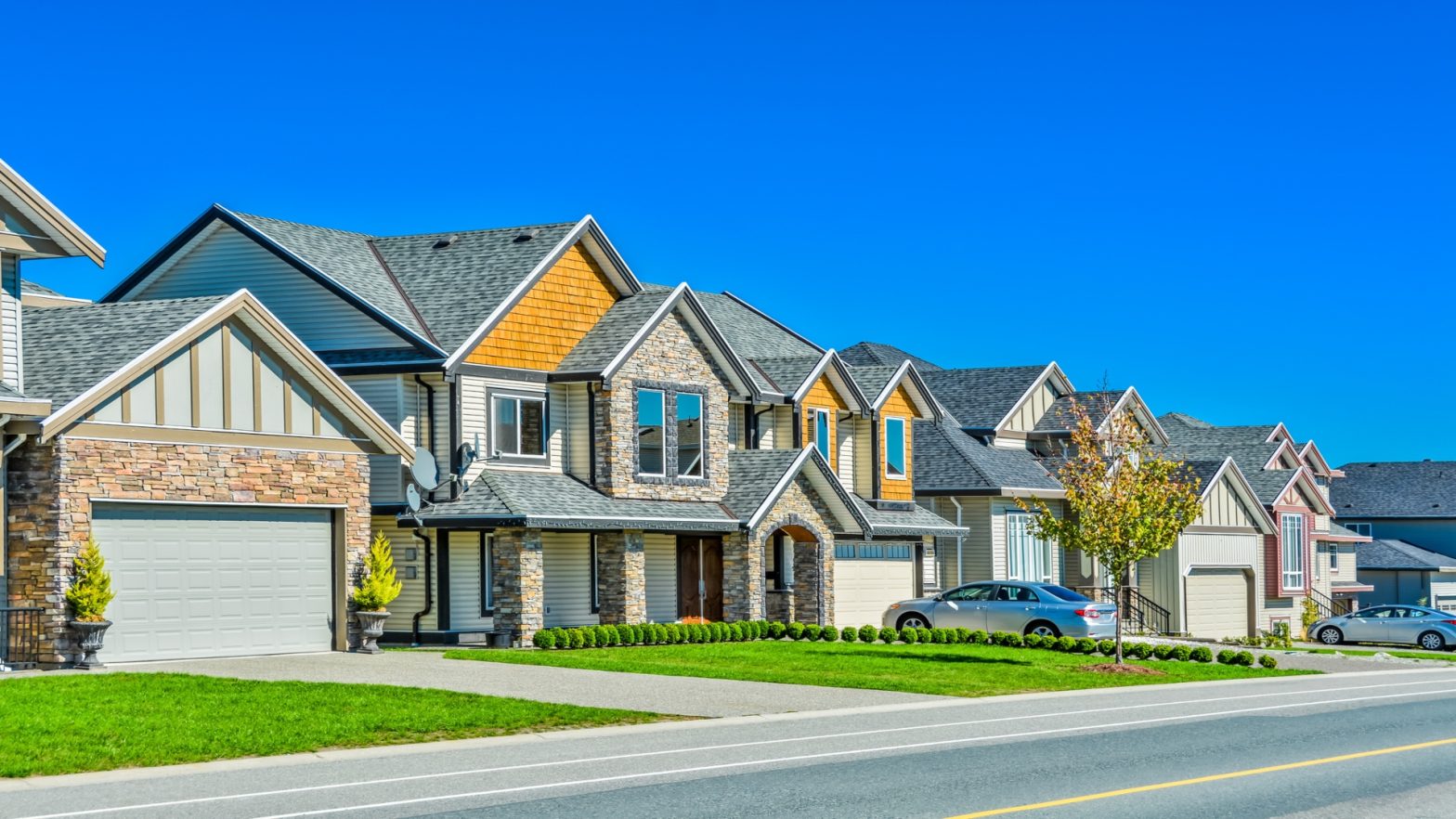Relocating to a new neighbourhood can feel like stepping into a different world. It’s a decision that impacts daily life in profound ways, from your commute to work to where you grab your morning coffee.
Making the right choice requires more than a cursory glance at property values or school district ratings. It’s about finding a place that resonates with your lifestyle, needs, and future aspirations. So, how do you sift through the options to find your perfect neighborhood? Here are some tips to consider:
1. Consider Your Lifestyle
Before settling in areas like Lake St. Louis, reflect on what you love about your current living situation and what you’re hoping to change. Are you craving more peace and quiet, or are you looking for a place that buzzes with energy?
Perhaps you’re an avid cyclist who dreams of bike paths right outside your door, or maybe you’re a foodie in search of a neighborhood brimming with culinary delights. Identifying your lifestyle preferences is a crucial step in narrowing down your search.
2. Assess Commute Times and Transportation Options
Assessing commute times and transportation options is more than just mapping out the distance to work—it’s about integrating your daily journey into your lifestyle without it becoming a burden. Consider the following when choosing where to live:
- Public Transit Availability: Look into bus, subway, or train lines that serve the neighborhood. How frequent is the service? Are there weekend and evening routes? This can be a game-changer for those without a car or who prefer not to drive every day.
- Traffic Patterns: Driving during peak hours can significantly differ from off-peak times. Use traffic apps to monitor congestion levels at different times of the day. An area with multiple route options can offer flexibility and reduce the time you spend in traffic.
- Biking and Walking Paths: For those who prefer to bike or walk, check the availability and safety of biking lanes and sidewalks. These may offer the convenience of accomplishing daily errands on foot or bike, promoting a healthier and more eco-friendly lifestyle.
Understanding these aspects can help you envision your daily life in the neighborhood, ensuring that your commute enhances rather than detracts from your overall living experience.
3. Research Schools and Education Facilities
For those with families or planning to start one, the quality of local schools is often a top priority. Check the school district’s performance, visit campuses, and talk to other parents in the area. Remember, it’s not just about test scores; consider the variety of programs offered and the overall environment.
4. Explore Local Amenities and Services
What makes a neighborhood truly livable? The amenities and services are within walking distance. From grocery stores to parks, gyms to cafes, the conveniences of daily life contribute significantly to your quality of life. Spend a day exploring the neighborhood to get a feel for the local vibe and see if it matches your needs.
5. Understand Safety and Crime Rates
Safety is paramount. Research the crime rates in the area and talk to local law enforcement or residents about safety concerns. Look beyond the numbers by exploring neighborhood watch programs or community safety initiatives that contribute to a secure environment.
A safe environment not only provides peace of mind but also contributes to the community’s overall well-being. Additionally, online forums and social media groups can offer insights into residents’ experiences with safety, allowing for a more nuanced understanding of what life is like in the neighbourhood.
6. Evaluate Home Values and Cost of Living
Before falling in love with a neighbourhood, make sure it aligns with your budget. You should also research current home values and trends in the area to gauge affordability.
Don’t forget to consider the cost of living, including taxes, utilities, and other household expenses. A neighborhood that fits your financial situation can alleviate stress and provide a sense of security.
7. Connect With the Community
A neighborhood is more than just a collection of homes; it’s a community. Attend local events, visit community centers, and chat with potential neighbors to get a sense of the social fabric. A welcoming, active community can make transitioning to a new area much smoother.
8. Prioritize Green Spaces and Outdoor Activities
For many who are buying a home, access to green spaces and outdoor activities is a must. Parks, trails, and recreational areas offer a respite from the urban hustle and enhance physical and mental well-being. Investigate the availability of these spaces and consider how they align with your outdoor interests.
9. Check for Future Developments
Research any planned developments or changes in the neighborhood that could affect your living experience. New constructions, zoning changes, or infrastructure projects can significantly impact property values and the community dynamic.
Conclusion
Choosing the perfect neighbourhood for relocation is a multifaceted process that goes beyond surface-level considerations. It requires a deep dive into your personal preferences, lifestyle needs, and future goals. By taking the time to thoroughly research and explore your options, you can find a place that not only feels like home but also enriches your life in countless ways. Remember, the perfect neighbourhood is out there, waiting for you to discover it.

































